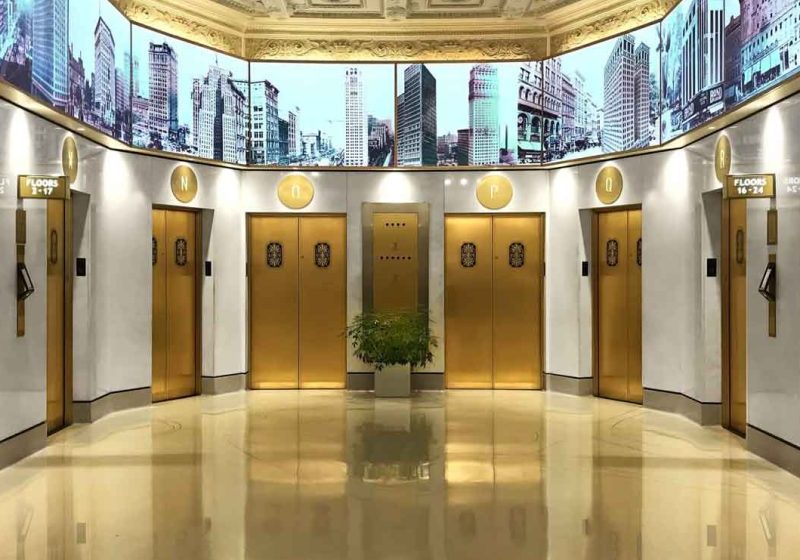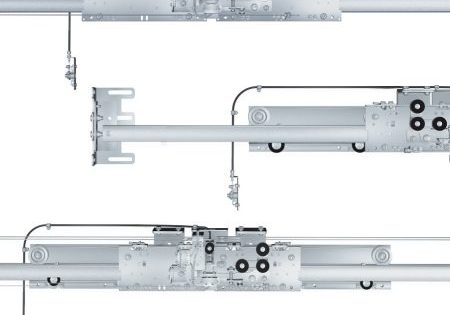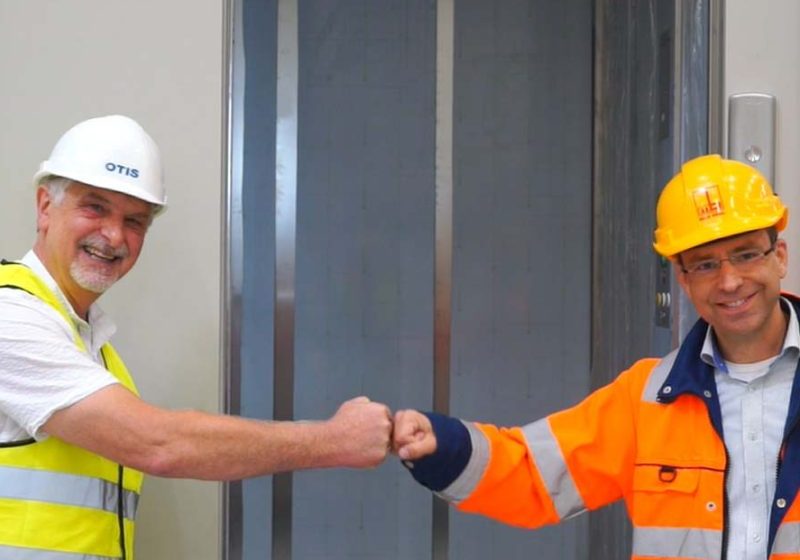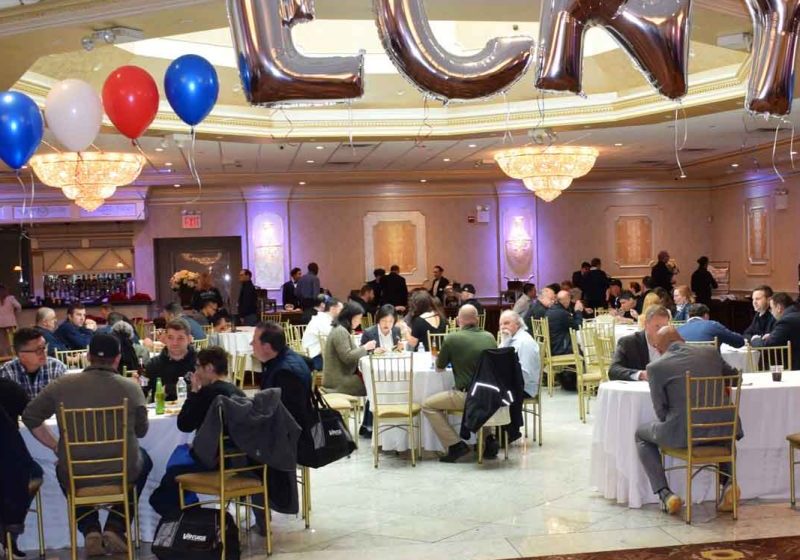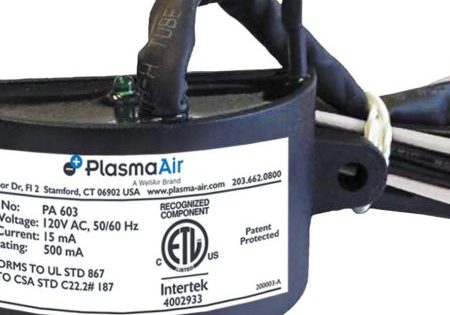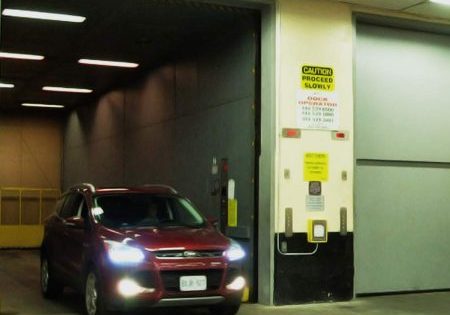In this Industry Dialogue, CEDES VP of Special Projects and technical advisor Patrick Bass delves into the next frontier of elevator door safety edges.
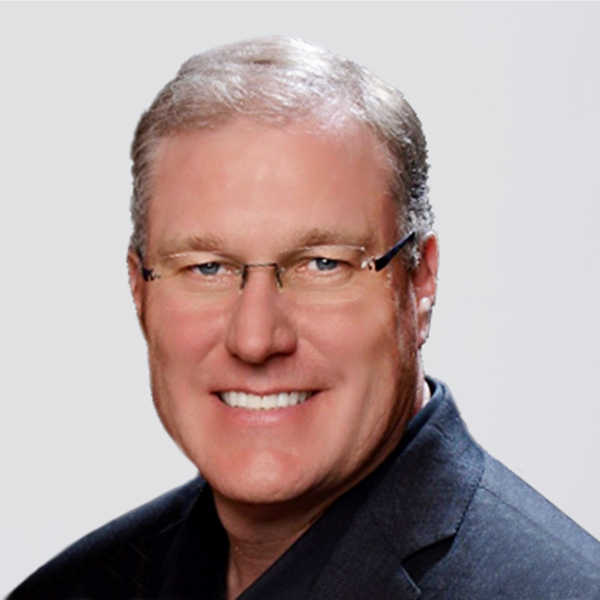
Driving back home to Paradise Valley, Arizona, from Home Depot recently, CEDES Vice President of Special Projects and technical advisor Patrick Bass (PB) took the time to speak with your author (KW) on the phone about his life since leading TK Elevator (TKE) North America as CEO — a role he held from January 2015 to February 2020, what he’s been doing since and how sensors are evolving into much more than simple elevator door monitoring devices. Bass worked with TKE for more than 21 years, including in R&D, and was instrumental in bringing together TKE and CEDES in 2012 to develop CEDES’ Absolute Positioning System (APS) (ELEVATOR WORLD, January 2014). Taking over safety-relevant elevator functions including releveling and preliminary operation with open doors. “APS has seen a slow adoption, because it is a pretty significant leap for companies to be required to basically design their controller architecture around it,” Bass says. APS has slowly and surely gained a foothold, today implemented by four major OEMS and several major independents, including Texas-based Smartrise Engineering.
CEDES is really looking beyond sensors and into safety and providing predictive maintenance capability within elevator systems using IoT and sensor data.
The decision to step down as thyssenkrupp North America CEO came in 2020 just prior to the pandemic, when the OEM restructured leadership so that remaining a CEO would have required Bass and his family to move back to Germany (they had lived there once before). Bass and his wife resisted uprooting their two grade-school-age children, at least from the U.S. Instead, the family moved from Napierville, Illinois, to Paradise Valley, an area where Bass’ wife lived when they met and to which they always planned to retire. Bass ended up homeschooling the kids, which he jokes is “much harder than running a US$11-billion company.” Joking aside, he says he would not change that experience for the world.
But, he says, the “phone kept ringing,” with people on the other end seeking technology and business direction advice from Bass, particularly in the automotive and elevator industries — his strong suits. After a short while, he formed Bass Consulting, LLC, and today splits his time between that endeavor and his role at CEDES.
KW: Tell me about your relationship with CEDES.
PB: I have had a relationship with CEDES going back 23 years. I was involved in bringing their elevator door safety edge technology to the North American market. Through the years, I never viewed them as a sensor company, but as a safety components company. They were and are very technically cutting edge in the area of sensors, so when I took on the lead R&D role for TKE in the Americas I always spoke to CEDES about how they could address some of our challenges by being more progressive, especially when it came to software-based safety systems. Using a software-based safety controller that significantly reduces wiring requirements eliminates a lot of the field labor, which is one of the key payoffs. So I challenged CEDES to see if they could come up with the technology to support us in that. That ended up being the APS.
Multiple times through the years I provided technology advice to CEDES — not as a supplier, but as a partner. They called me about a year ago to ask if I would consider working and consulting for them in a more official capacity, vision-wise and technology-wise. Together, we came up with a job description and title that works, and it became official on September 1, 2021.
KW: What’s the relationship between elevator door sensors and the Internet of Things (IoT)?
PB: CEDES is really looking beyond sensors and into safety and providing predictive maintenance capability within elevator systems using IoT and sensor data. A safety edge actually knows and uses door opening and closing performance data to understand what it needs to do in terms of detecting. That data has always been within optical-based safety edges. However, it’s never been unlocked to provide insight about the larger elevator or predictive-maintenance systems.
That’s been one of the areas where I’ve really pushed them and said, “You already have the data. You’re not having to create something new; you’re having to unlock the potential you already have within your systems, within your devices.” So, we are doing that in the elevator and industrial door industry, and it’s been fun. CEDES Vice President of Business Area Hoistway Steven Freedman is a very progressive and visionary person. He’s my partner in crime, and we’ve been working with the full support of CEO Christian-Erik Thöny on the digitization journey and integrating their solutions into the world of IoT.
KW: How is the IoT unlocking the power of elevator door sensors we’re using today?
PB: If you look at industrial or even residential doors, all the door operator companies have packages that entail installing a device on the door and another device to communicate with your Wi-Fi system, and suddenly you have a smart door that you can open and close and see from your phone. The interesting thing about it is that all these doors have the detection sensors to make sure you’re not crushing someone or something as it’s passing through the door. Well, those sensors actually already have the capability to know what’s going on with the door and where the door is positioned. So, there is really no reason for this second, packaged device. If you take the data that’s already in the technology that was developed for those sensors and unlock it from an IoT standpoint, half of your hardware is already in place, right? A door safety edge already has the capability of knowing what’s going on with the door: when it’s opening or closing, whether it is going slower or experiencing a vibration. So, it’s just looking at things differently in regard to the competency and capability and digital footprint you have within your company within these various devices.
CEDES’s CabSafeTM passenger-detection system (EW, September 2021), (a Time of Flight [ToF]) camera that consists of a controller, a 3D light curtain and a 3D ToF sensor) knows when someone or something is passing through, yet we’re spending tons of money doing people-counting studies in buildings trying to improve traffic flow. We already have that data. We’ve just never unlocked it, and never put it into the systems where it can be shared and communicated. With IoT, we can now unlock the potential and have a significant impact because you’re not having to spend the labor or the time to add a component into the system to enhance predictive maintenance. If you’re putting in a new safety edge or upgrading a safety edge because of new safety code, now that safety edge has the capability to provide you all the data you need for predictive maintenance, which is the No. 1 callback issue in the industry. You don’t have to add other sensors, and you’re not necessarily locked into a proprietary maintenance solution.
KW: Does the industry at large realize this?
PB: Not yet. They will shortly. In terms of predictive maintenance, TKE jumped on it and really took the lead and it has had a huge impact on the industry. The others are very much staking their future on it. The race for IoT and predictive maintenance solutions is on. At Interlift, I found it amazing that every single booth had something going on with IoT. Clearly the OEMs have made a significant impact in choosing a direction that completely makes sense for the industry. There is no clear winner yet, but I think in the next year, you’re clearly going to see who is winning. New partnerships are in the works to unlock sensor data, which is also a way to de-commoditize the safety edge business. CEDES’s safety edge technology came on the market over 20 years ago, and it was state-of-the-art then. Now, three or four global competitors have similar technology that’s eroded the margins. These new partnerships are a way to change that course and reinvent the technology.
KW: Given that commoditization, how does CEDES provide a competitive edge for its customers?
PB: One, they still have the largest percentage of the market globally for safety edges, and two, they keep a constant focus on technology, continuous improvement and customer service. That’s one of the things that made it easy for me to partner with them when I was at TKE: They are always striving to understand their technology and willing to challenge themselves. That’s what is so fun about the role I play now. We bring what some would say are crazy or pie-in-the-sky ideas, and they are quick to say, “Let me think about it, and let’s meet on it again.” By the third meeting, they’re like, “It’s a go!” At the same time, CEDES has the very precise Swiss reputation for expert engineering so when they release a product, it’s done right.
KW: What is the most recent major improvement CEDES has implemented for elevator doors and sensors?
PB: In the Northeast U.S., a detection device like CabSafe is now required by code. Through 3D-based sensor technology, it can detect even the smallest dog or leash or whatever it is. It’s now become the industry standard in that part of the country. CabSafe originated several years ago when Freedman asked me what I thought about utilizing a camera or optical technology to develop a ToF system to perform elevator door monitoring rather than a light safety edge device based at the header of the car. Within a few months, it was developed. The challenge was actually getting it into a small, visually appealing package at the right price point, and we achieved that. Now, it is widely accepted and ramping up as a preferred safety solution for the elevator industry.
KW: What is on the horizon for elevator doors and sensors?
PB: You’re definitely going to see door sensors increasingly integrated into predictive maintenance solutions and 3D, rather than just 2D, detection capability.
Get more of Elevator World. Sign up for our free e-newsletter.



